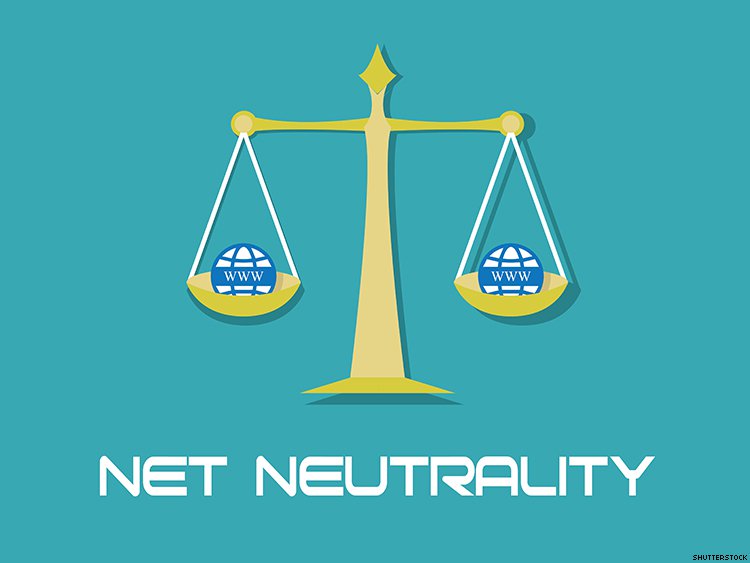Cybernetics: A cyborg-free introduction

It has been observed that the acceleration of Moore’s Law has left tech culture with a tendency to discount the past, which leads to issues when building for the long-term. If everything we do is going to be circular filed in a few years anyhow, why bother? I think we’re starting to see some of the limits of ahistorical strategies, especially because building for internet scale means that systems can affect higher-order aspects of society and culture in unexpected ways. This is why I want to talk a little bit about cybernetics.










